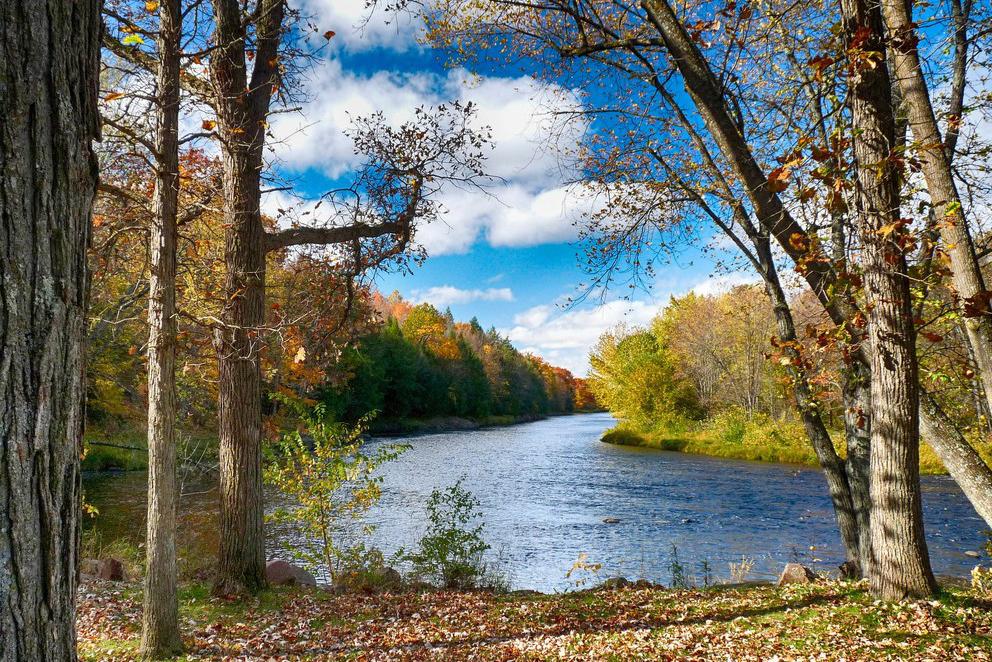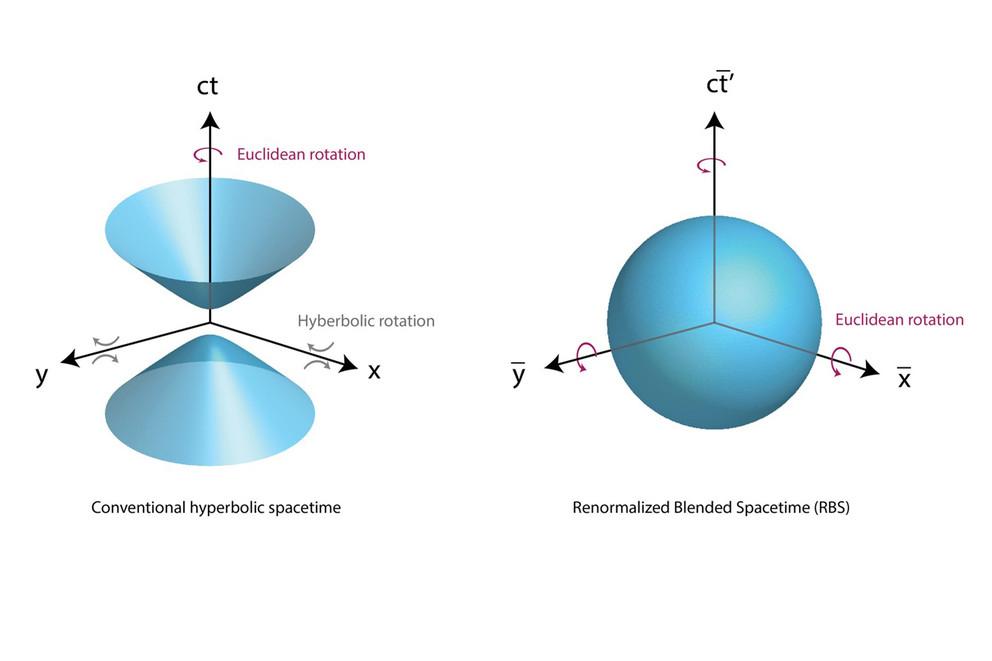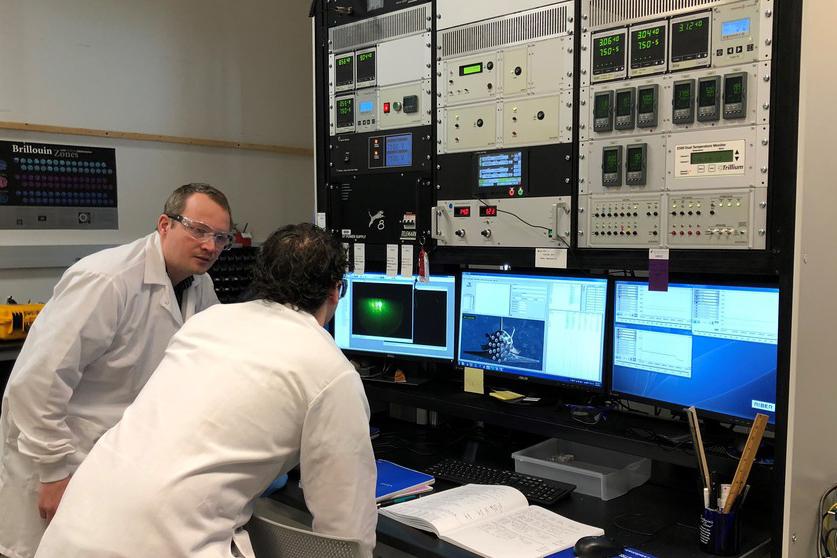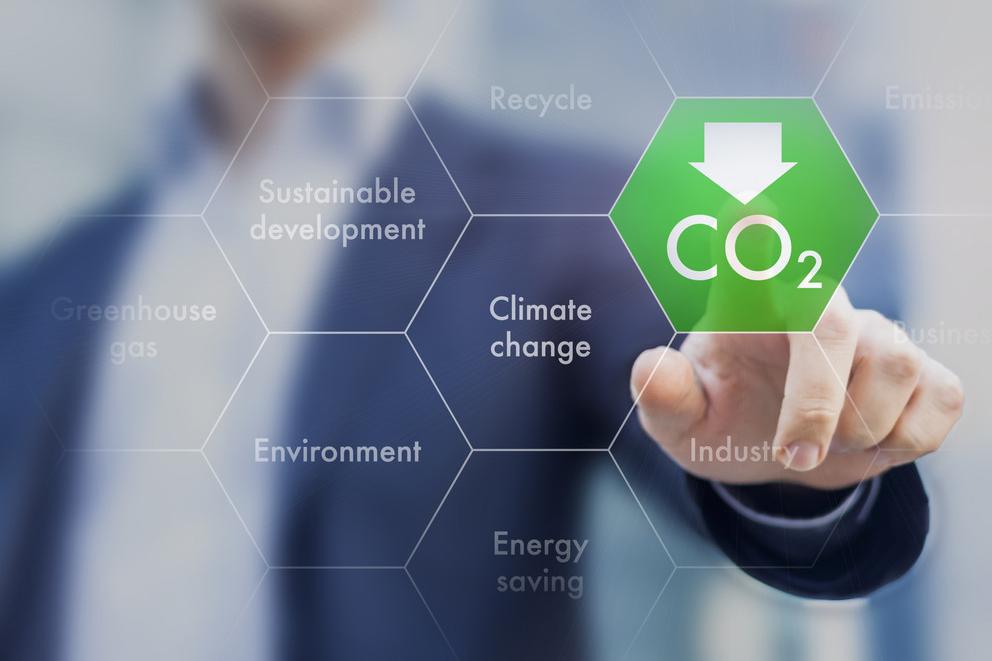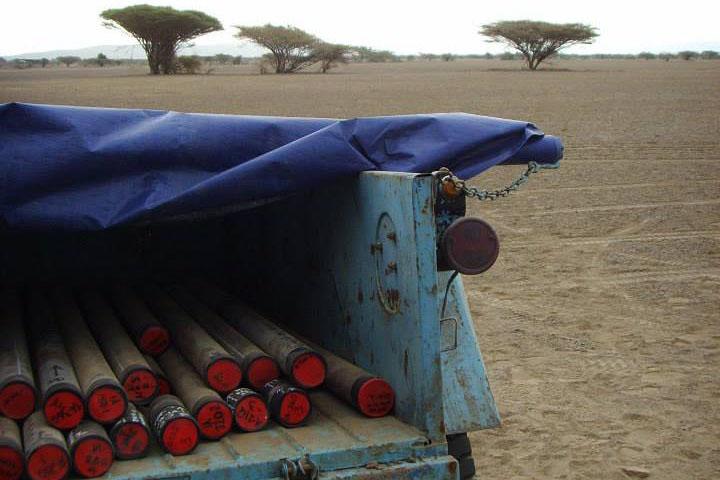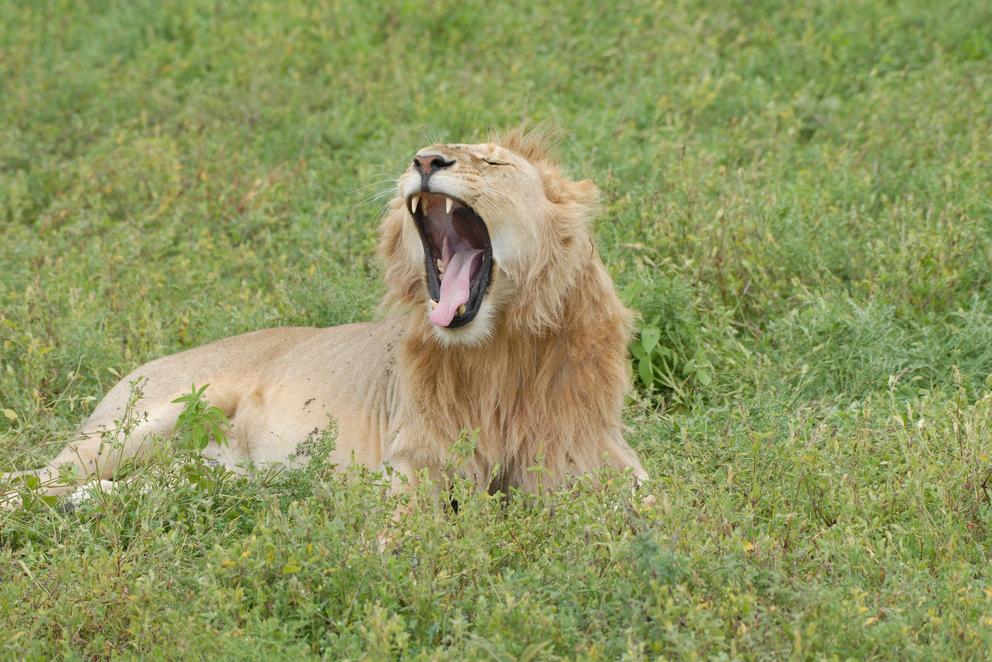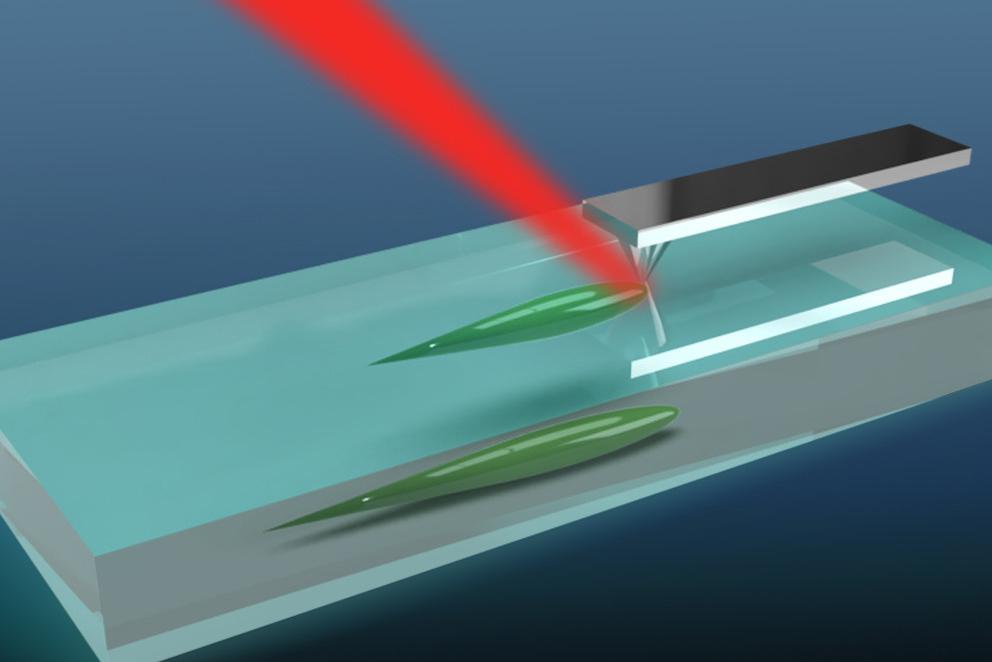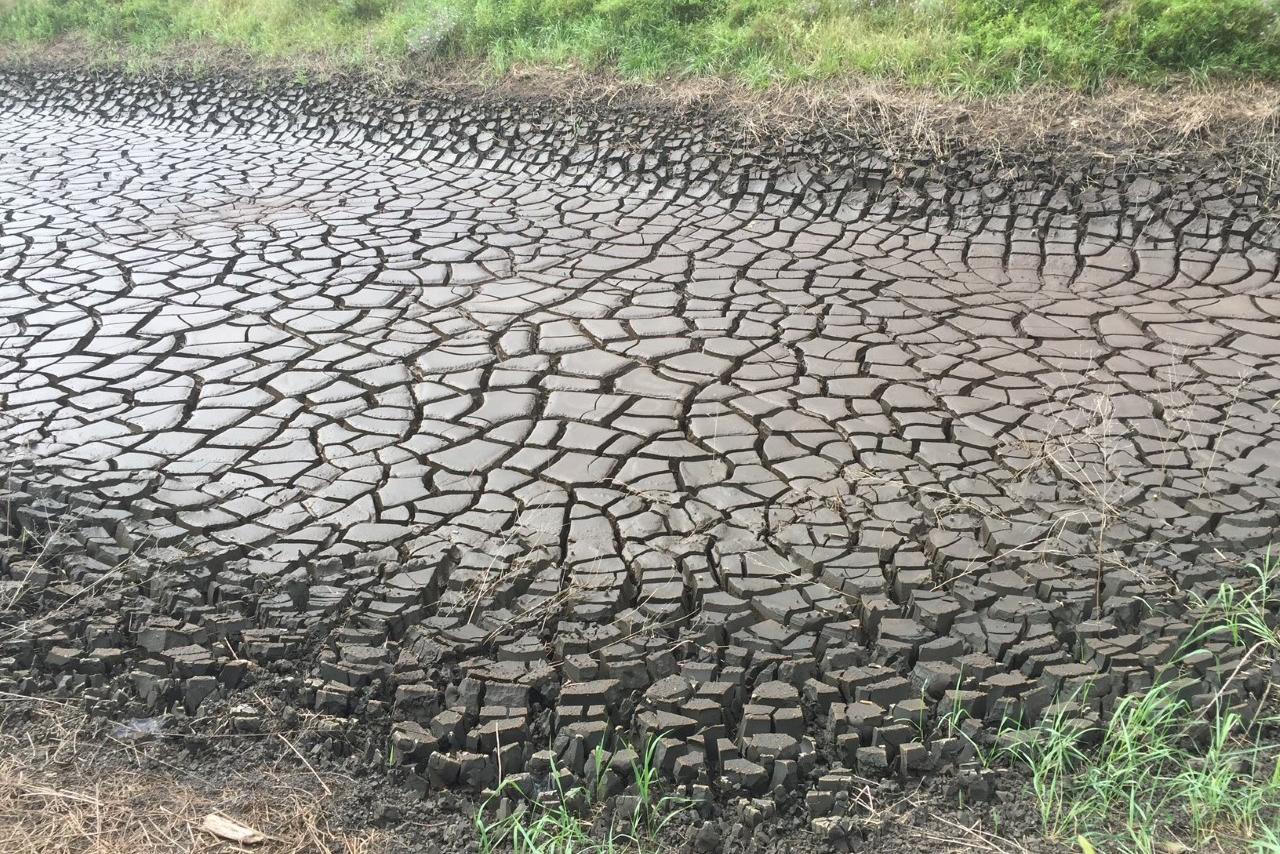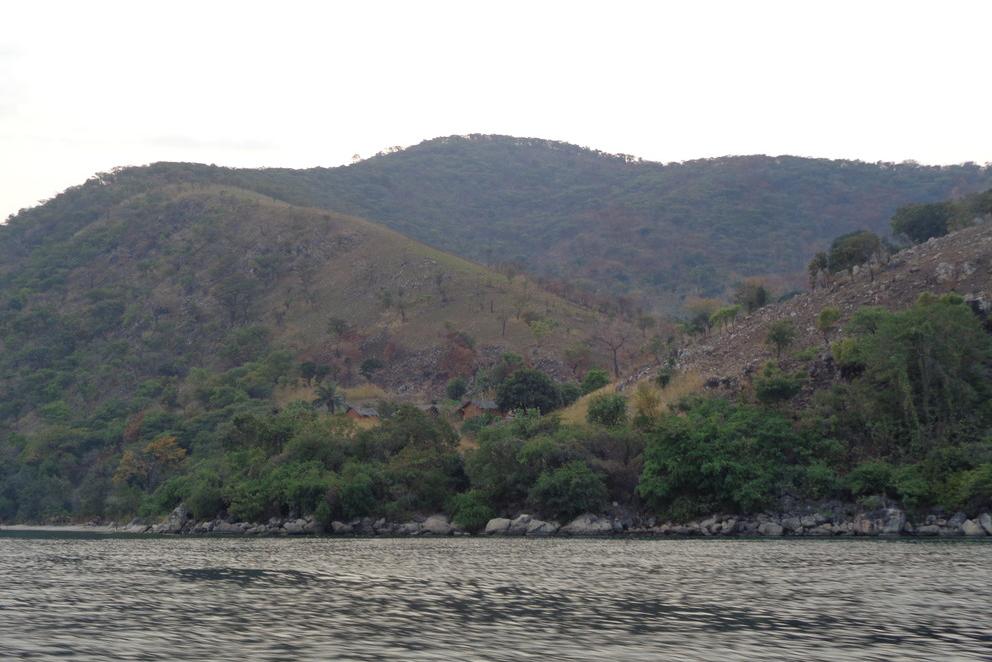Read the latest news about research conducted by investigators in the College of Earth and Mineral Sciences. Our faculty and students are continually advancing technology, creating solutions and expanding knowledge with new and innovative research.
News
Six Penn State graduate students involved in materials or engineering research presented a concise rundown of their research, in two minutes or less, for judges from companies including PPG, Corning, Dow and Murata at the finals of the Millennium Café PPG Elevator Pitch Competition on May 18.
Despite the devastating impact the emrald ash borer has had on forests in the eastern and midwestern parts of the U.S., climate change will have a much larger and widespread impact on these landscapes through the end of the century, according to researchers.
A Penn State scientist studying crystal structures has developed a new mathematical formula that may solve a decades-old problem in understanding spacetime, the fabric of the universe proposed in Einstein’s theories of relativity.
The National Science Foundation (NSF) announced a renewal of funding for the Materials Innovation Platform (MIP) national user facility at Penn State’s Materials Research Institute (MRI), the Two-Dimensional Crystal Consortium (2DCC).
A new, environmentally friendly, single-step process has been developed to convert carbon dioxide into higher hydrocarbons using plasma, according to scientists and engineers.
Ancient pollen samples and a new statistical approach may shed light on the global rate of change of vegetation and eventually on how much climate change and humans have played a part in altering landscapes, according to an international team of researchers.
Cultural diversity — indicated by linguistic diversity — and biodiversity are linked, and their connection may be another way to preserve both natural environments and Indigenous populations in Africa and perhaps worldwide, according to an international team of researchers.
For the first time, the subsurface structural changes of silica glass due to nanoscale wear and damage has been revealed via spectroscopy, which may lead to improvements in glass products such as electronic displays and vehicle windshields, according to a team of international researchers.
A region famous for the coal that once fueled a growing nation is now the focus of a $1.2 million project, led by Penn State researchers, aimed at establishing domestic supplies of critical minerals needed to produce modern technology from cell phones to fighter jets.
New archaeological and paleoenvironmental evidence from Lake Malawi, Africa, shows that the effects on the landscape of humans’ use of fire is tens of thousands of years older than previously thought, according to an international team of researchers.




